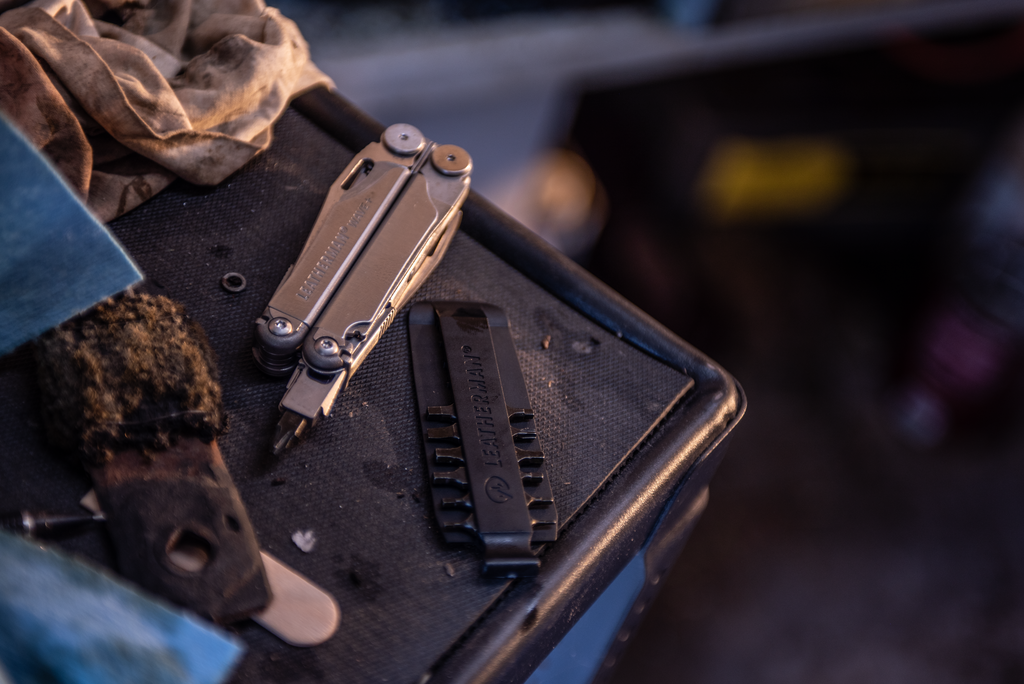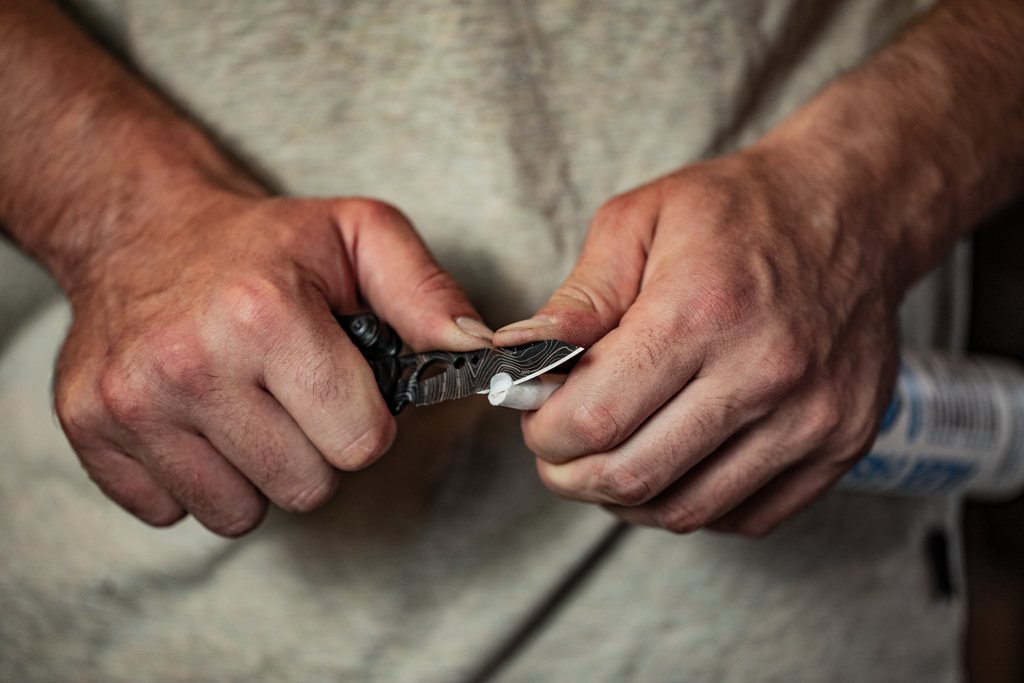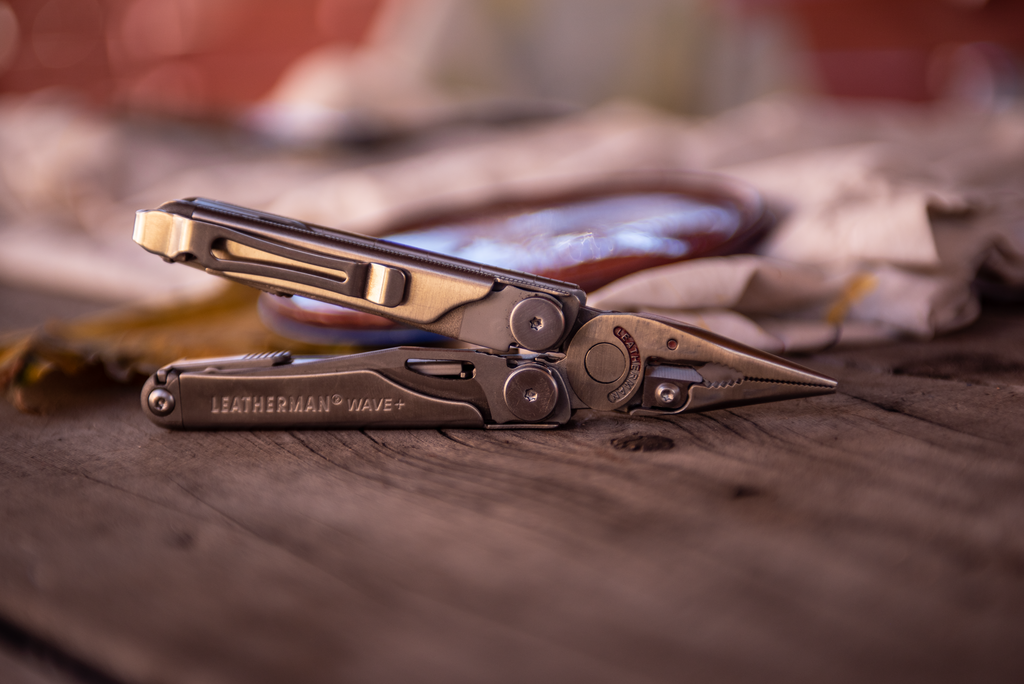You invested in the multi-tool you’ve been drooling over. You get it dirty, use the tools, complete some projects, and feel good about it.
Now it’s time to clean and maintain that tool so that it serves you for years to come.
CLEANING / LUBRICATION / RUST & CORROSION PREVENTION
All Leatherman products are manufactured from 100% high-grade stainless steel (exception: screw bits for the tool adapter are made of tool steel). Stainless steel is not rust proof; it is corrosion-resistant. Depending on the mix of metal alloys, stainless steels may be highly corrosion-resistant and relatively soft (like kitchen flatware), or they may be somewhat corrosion-resistant and quite hard. Our products are fabricated from the latter type, so your tool components are strong, and the knives retain a sharp cutting edge.
Depending on what your Leatherman has been exposed to, there are several cleaning methods to consider.
- Cleaning can be done with a low viscosity oil (e.g. WD-40, Liquid Wrench, CRC 3-36), which helps force out moisture trapped in the joints.
- Buff stained surfaces with a polishing cloth or non-metallic abrasive (e.g., Scotchbrite pad or soft bristle brush).
- For pivoting or wear areas, use a PTFE / Teflon-based lubricant to make your tool function as smoothly as possible.
- If debris or sticky substances have accumulated between the blades, your Leatherman may also be cleaned in a mild solution of detergent and water.
- To remove tar and similar substances, clean your Leatherman with turpentine or other mineral spirits. Warning: acetone or brake cleaners may damage plastic components.
- Corrosion can occur in the absence of proper maintenance. Your Leatherman product should be cleaned, dried and re-lubricated periodically to inhibit rust and corrosion. This is especially true if your Leatherman has been exposed to salt water or marine environments. If so, rinse in fresh water, dry, and lubricate it with a light oil.

Sharpening Your Blades
Leatherman knife blades may be straight-edged, serrated, or both. Sharpening methods vary depending on the type of knife in your Leatherman product (note: serrated edges should not be sharpened in the same manner as straight edges).
- Straight-edged blades can be sharpened using any standard equipment, including whetstones, rods, and various kits.
- Leatherman’s standard sharpening angle for plain edge blade sections is 32° (16° per side). Serrated blade sections are sharpened to 20° (one sided).
- Serrated blades require a sharpening system specifically designed to accommodate serrated edges in order to maintain the curvature of the serrations. Sharpen serrated blades only on the edged side. Sharpening the flat (back) side of the blade will cause the serrations to wear away, reducing the blade’s effectiveness.

